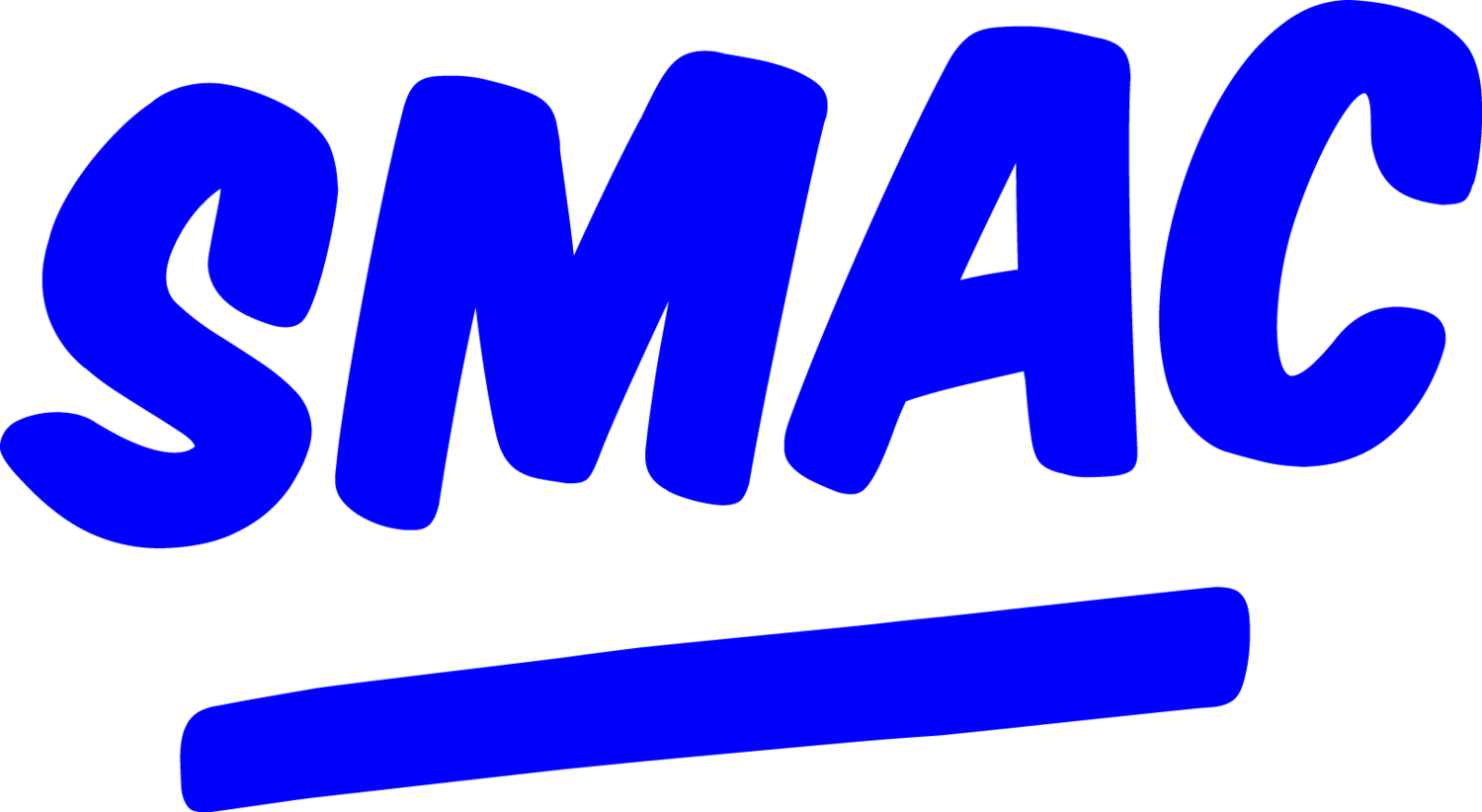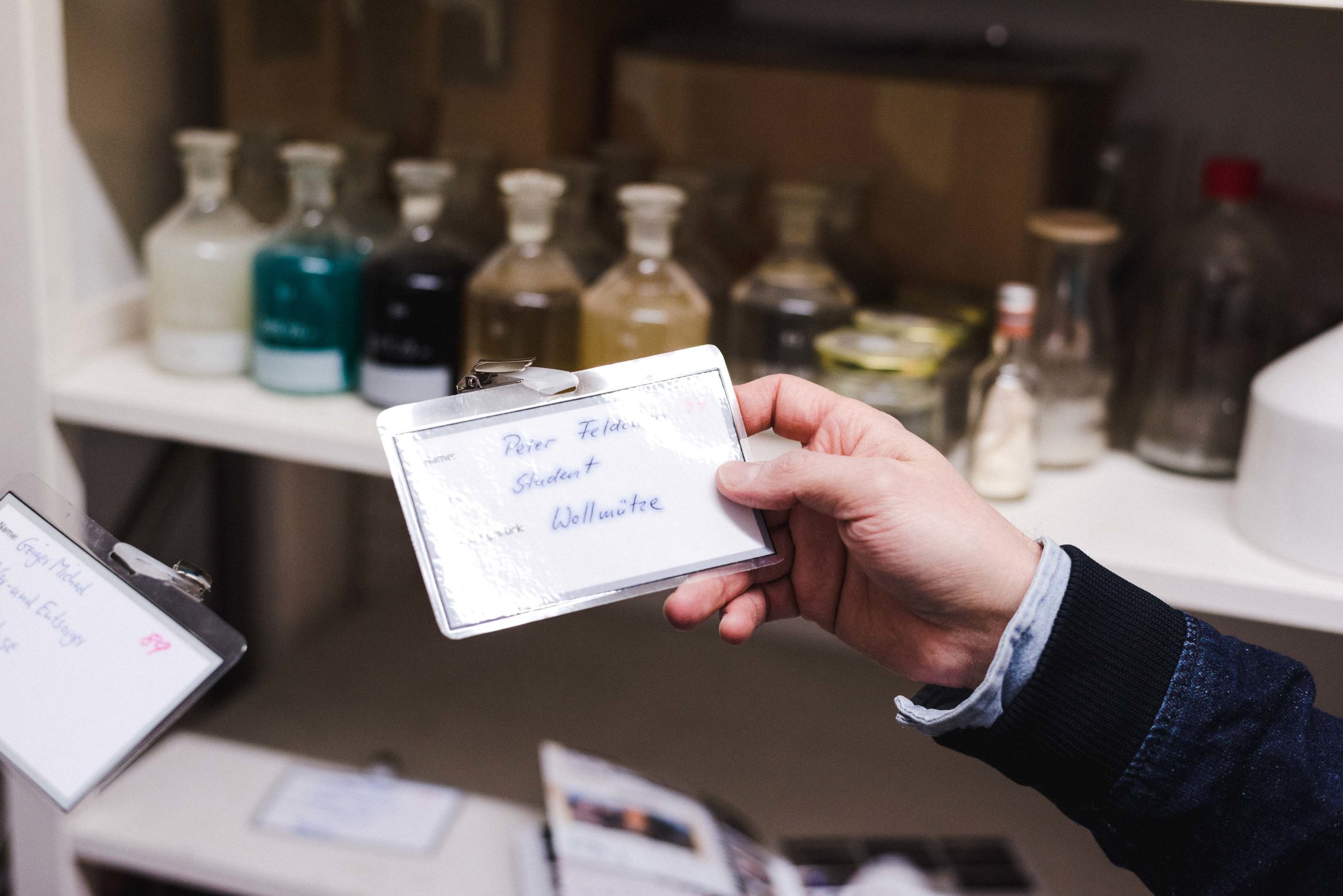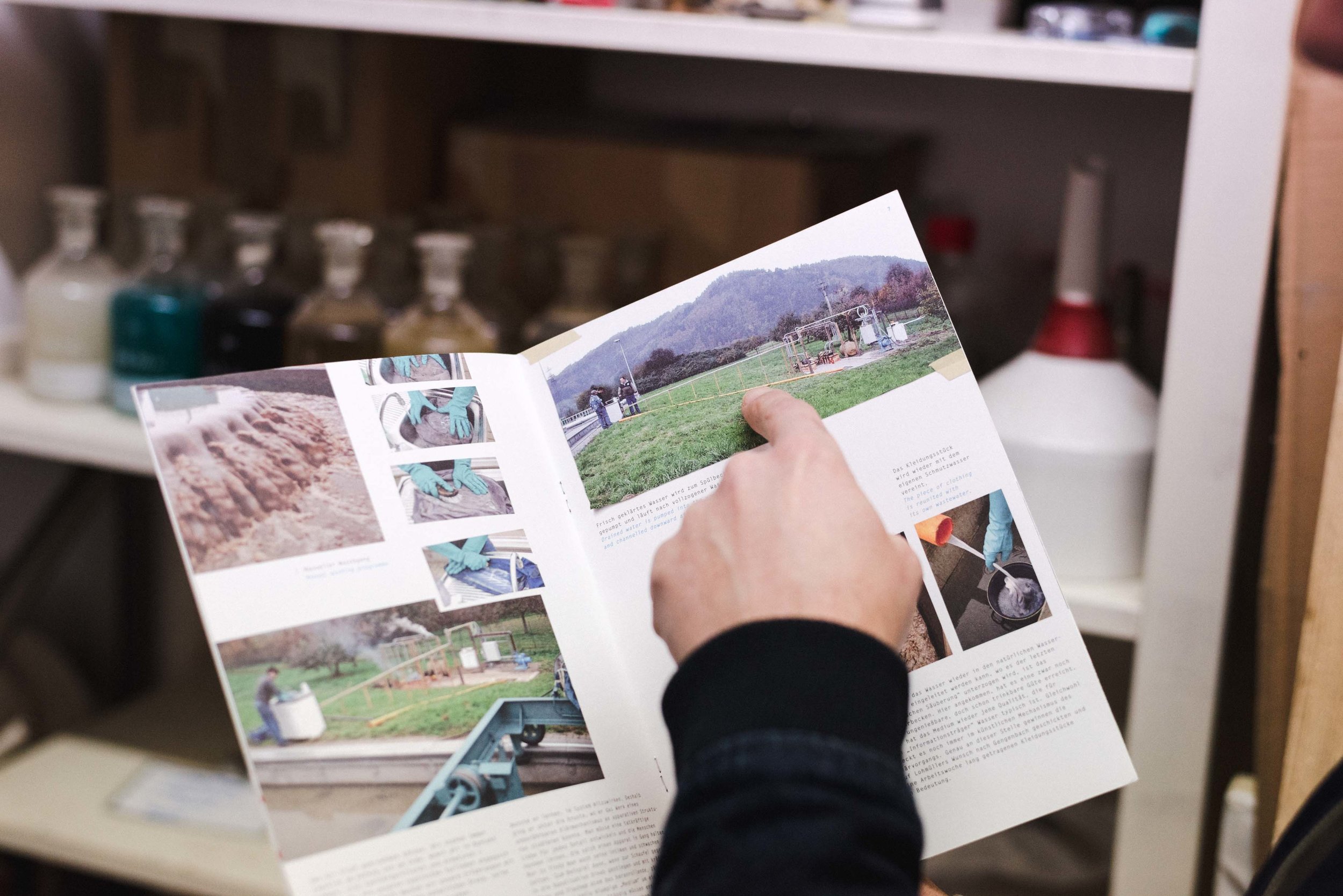Interview with Adrian Lohmüller
There’s an old saying that goes as follows: “What’s the difference between architecture and sculpture? Plumbing!”
Adrian Lohmüller’s work threatens that easy distinction. The very essence of his sculptures is the infrastructure of architecture: its pipes, foundations and structural elements. Lohmüller’s installations strip bare the facades of homes and cities, exposing their innerworkings. In the process, he grapples with human interiors as well, exploring how operations of the psyche are revealed spatially. For his exhibition at SMAC, Lohmüller will mix industrial and domestic materials to envision an uneasy descent into sleep and dreams.
SMAC: How did your background in sculpture and installation lead you to work with architecture as subject matter, and more specifically what you call “psychoarchitecture”?
Adrian Lohmüller: In my studies, I was always interested in space and the small size of the human being in relation to space. I started out with a lot of work in the streets, in Baltimore where I studied. I was a painter at one point. In Baltimore, and the U.S. in general, you see a lot of graffiti removal. You end up with these beautiful minimalist patchworks, because they try to assimilate the grey and don’t quite achieve the goal.
I founded a pseudo-company and went out to paint over those. That was my first kind of transition into sculpture. I started doing a lot of public space projects, in the U.S. where pedestrians are like rejects. Then I moved on to do more interior work and I was always interested in its direct effect on people, on our behaviour and psyche. My process became more internalized over time.
You often deal with ideas of the domestic in public space, or vice versa.
I’m interested in the total reduction of architecture. There were a number of pieces where that was part of the negotiation. My work in Hamburg – “And To Make You Toe the Line” – for example, where I brought grass into the gallery space. I did the “House of Cards”, which is just very minimal, four walls. It came out of another piece in Baltimore from an exhibition in a house that was set to be demolished. So it’s about the zero level of architecture, reduced to nothingness. The sculpture I made for the Bingen Sculpture Triennial last year, as another example, is only two walls but it implies the whole interior space. Or the foundation, as in “Fundament I”, will imply the building on top, which isn’t there.
So you’re interested in the infrastructure rather than the aesthetic of architecture?
I did a lot of early works where I experimented with overpainting or paint removal. Then I went through the surface, going deeper and deeper. When I was a kid I’d peel the wallpaper off the wall in my bedroom, which was like an interruption of continuity. My parents weren’t too happy about it. But somehow that followed me later on. When I became a sculptor I wanted to deal with how things are made, not stopping at the surface.
“I’m interested in the total reduction of architecture.”
Is the material you’ve chosen for the SMAC exhibition significant for the concept of the pieces as well?
In one work, which acts as a bathroom space, I am going to install some piping. There is an allusion to a mirror but it exposes the structural elements. This piece will be on the top floor of the gallery. The paint I’m using on the piece is called "Hammerschlag", which has a special texture, and is often used for industrial purposes.
There will be a dream character to some of the works in this exhibition. Like when you have a fever dream and everyday things are way out of proportion.
For the downstairs space in the gallery, I’m giving myself the freedom to work intuitively. I like to work from the memory of the space. I found a prosthetic leg, with the shoe and everything, right outside the door of my studio, so I plan to use that. I have no idea where it came from, it’s a readymade of sorts. There might be a sound source or another device that draws you in and asks you to enter deep into the dungeon.
“A sound source or another device that draws you in and asks you to enter deep into the dungeon.”
Is your film and video work a by-product of your installations or something you do separately?
It has been a by-product on occasion but isn’t necessarily. I’ve done a lot of documentation, but I have also shot films unrelated to installations.
I did one piece called the “The Veto Operation”, of two men in rubber suits trying to fix a plumbing situation gone horribly wrong. The characters in the film were far removed from reality, much like in my film “M5MCHR”. That one was for an exhibition at Haus am Lützowplatz, also in a basement. The installation and the film were completely informing each other. It was shot in the space and then shown there as well.
Theory and psychology seem to be quite prominent in your work. You’re also a teacher?
My background is also very theoretical and I tried to bring some of that into my teaching at "Staatliche Akademie der Bildenden Künste Karlsruhe".
I always come back to R.D. Laing’s writing on psychology in my work. He talked about schizophrenia with a spatial language. But I don’t have a specific reference point for the psychoarchitecture idea: it’s something I explore through my work.
There’s a book, however, called “A Psychology of Building” by Glenn Robert Lym that is a bit more directly related to the spatial thinking in my work. It includes spatial explanations of conflicts, for example between couples in their home.
“The drain is like a mouth: this is how I mix the idea of architecture and our physical and mental self.”
Tell us about how you work in your studio.
Some things have to be done outside of the space, the more industrial-scale pieces. I mostly work in the space in the back of my studio. Here, on the shelves, I have a lot of materials but also some elements from past works, like this dental retainer.
Teeth and tooth-brushing come up a lot in my work, as self-care but also a kind of zoning out routine, similar to the bathroom piece for this exhibition at SMAC. I did an internship at a waste water treatment plant and these vials of coloured liquids are from that project. I asked people to send me an article of clothing that they wore at work for a week, which I treated and extracted the off water. I built a wash station on the site and collected the waste water. People’s encodings are in there, much like our spit when we spit into the sink while brushing our teeth. The head and the mental area in particular are interesting to me. The drain is like a mouth: this is how I mix the idea of architecture and our physical and mental self.
What is the concept behind your exhibition for SMAC?
There’s a timeline, going down, as we descend into the state of sleep that corresponds with the space of the gallery, from the bathroom on the top floor to the dream space in the basement. There will be some mental plumbing that connects the three stories and re-routes the basement into your head.
The transitional space in the middle has to do with keeping time, an internal clockwork. It’s part of the bedtime routine but with a larger idea, about counting down to death. There will be sleeping aids there, suggesting a forced or conflicted sleep; one that is not natural or automatic. An uneasy dreamscape.













